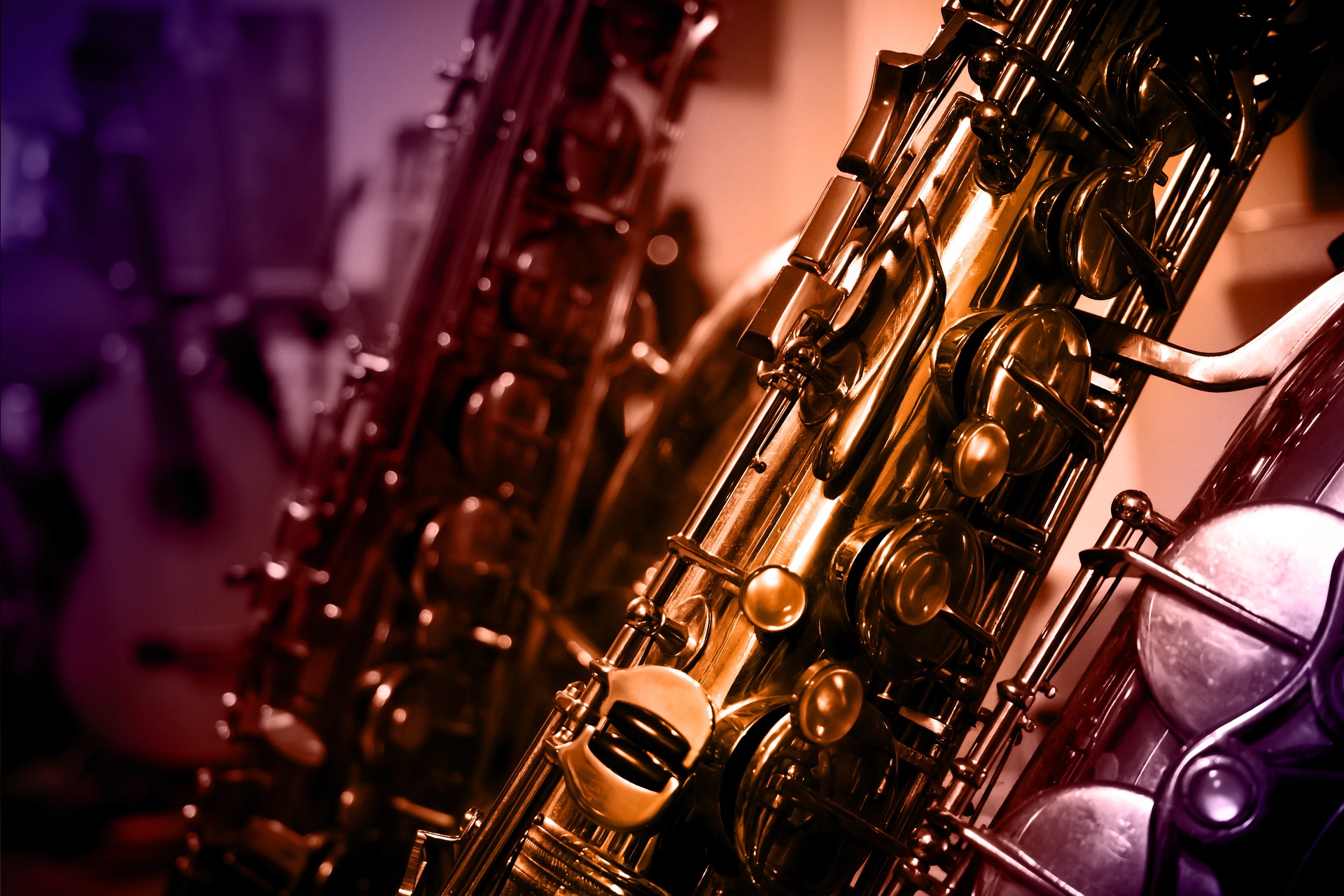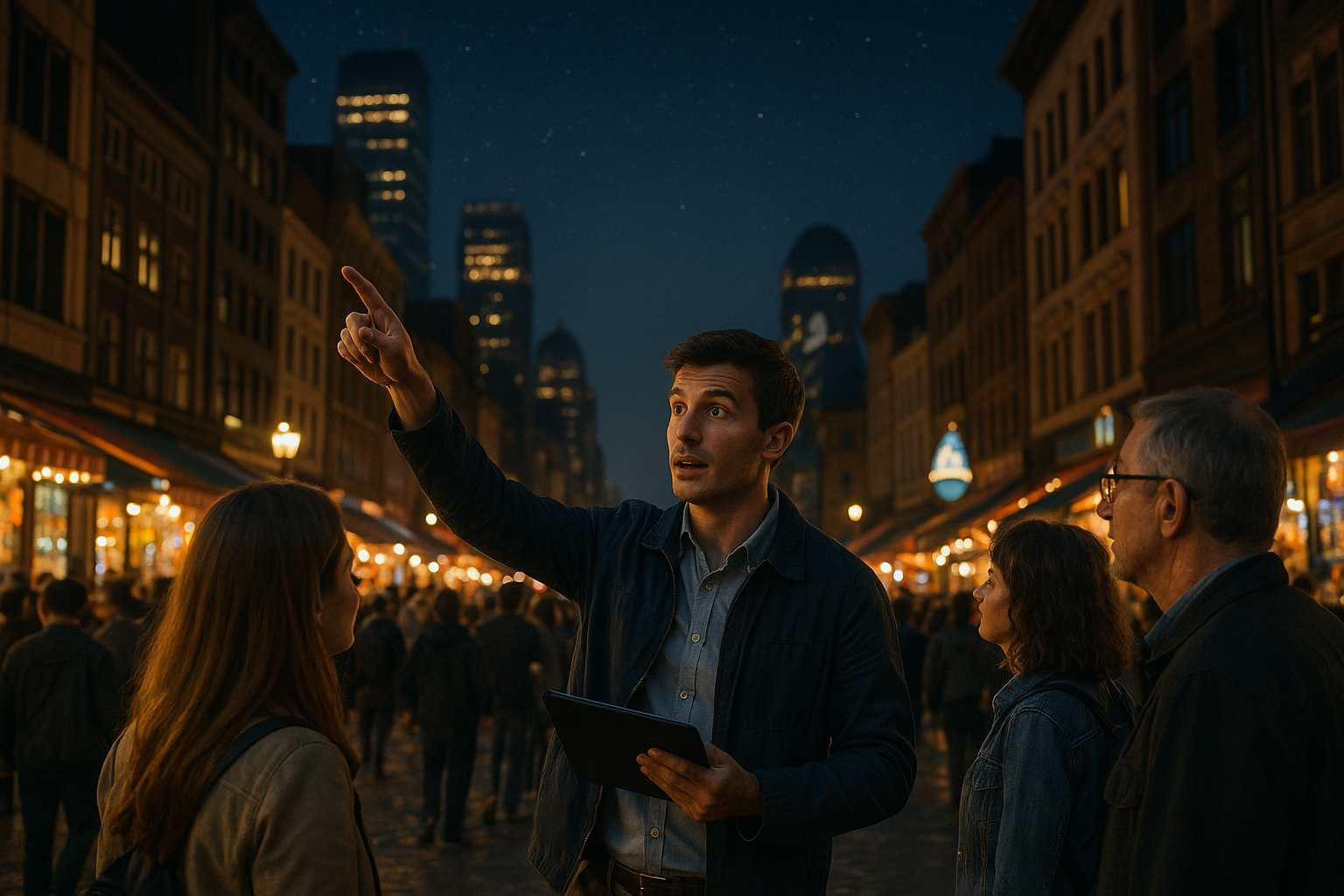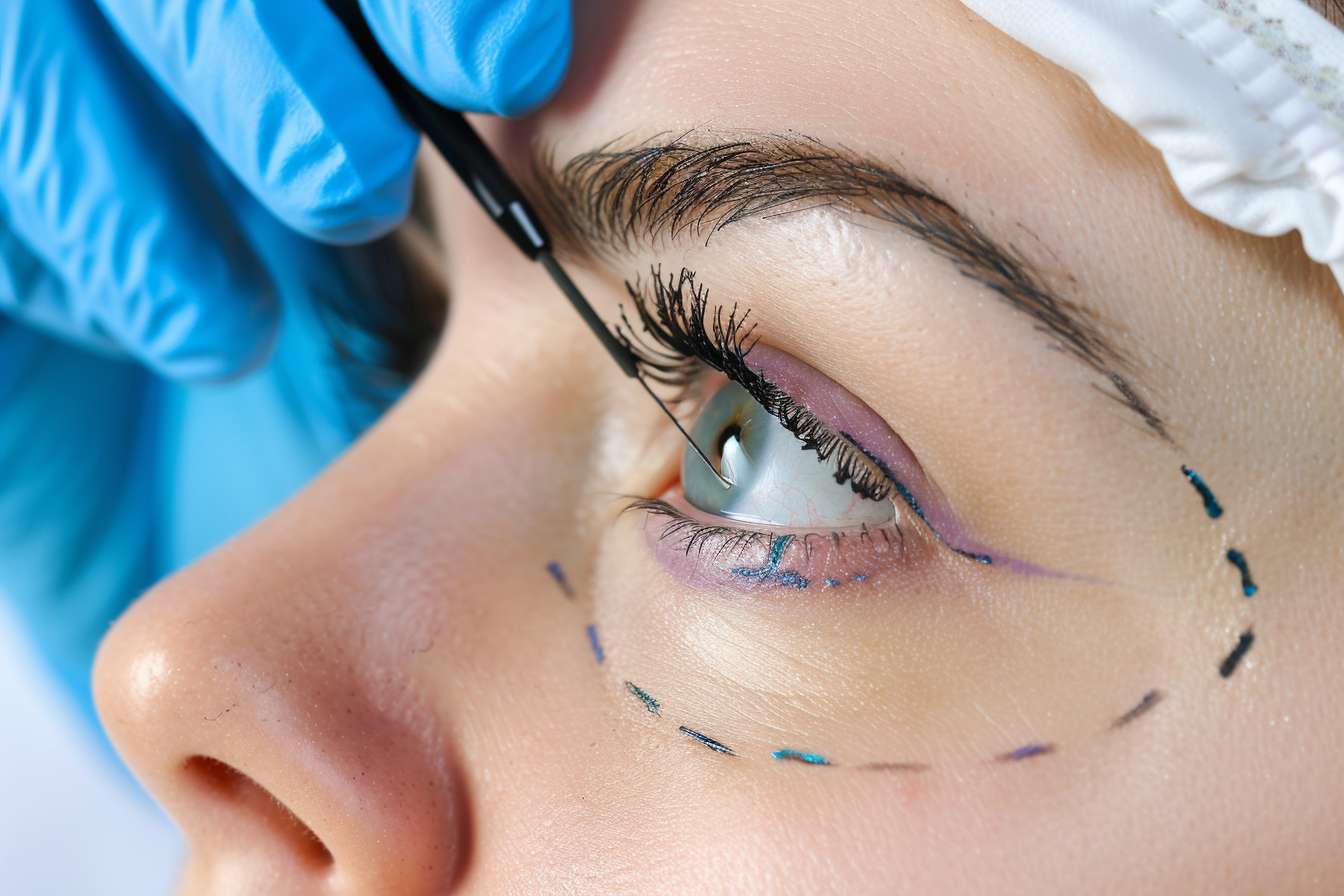Immersive Artistry: The Convergence of Technology and Performance Art
Introduction: In the ever-evolving world of arts and entertainment, technology has found its place at the heart of performance art. The union between the two has created a novel form of expression, reshaping the artistic landscape and redefining audience experience.

Historical Context and Key Developments
Performance art, a genre that emerged in the 1960s, was initially a rebellion against traditional art forms and the commercial art market. It was about the ephemeral, the moment, the artist’s body. But as technology advanced, artists began to incorporate it into their performances, creating a new sub-genre: tech-infused performance art. From Laurie Anderson’s pioneering work in the 1970s and 1980s to today’s virtual reality installations, technology has become an integral part of performance art.
The Current Landscape
Today, technology’s role in performance art is more pronounced than ever. Artists are using cutting-edge technologies like virtual and augmented reality, 3D printing, AI, and biotechnology to create immersive experiences that blur the boundaries between the physical and digital worlds. Tech-infused performance art has found its way into mainstream culture, appearing in music festivals, art galleries, and even on the Broadway stage.
Impact, Significance, and Reception
The fusion of technology and performance art has significant implications for both artists and audiences. For artists, technology opens up new avenues for creative expression and allows them to reach audiences in innovative ways. For audiences, it offers immersive experiences that go beyond passive observation, transforming them into active participants.
The reception of tech-infused performance art has been largely positive, with critics lauding its ability to engage audiences on a deeper level. However, it has also sparked debate about the role of technology in art and whether it enhances or detracts from the human element of performance.
A Glimpse into the Future
As technology continues to evolve, so too will its role in performance art. Artists are already experimenting with emerging technologies like holography and brain-computer interfaces. The future of tech-infused performance art is likely to be even more immersive and interactive, pushing the boundaries of artistic expression and audience engagement.
Concluding Thoughts
The convergence of technology and performance art is a testament to the power of innovation in the arts. It shows that art is not static but continually evolving, shaped by societal changes and advancements in technology. As we move into the future, tech-infused performance art will continue to redefine our understanding of what art can be and how it can be experienced.
In the end, the fusion of technology and performance art is not just about creating novel experiences. It’s about expanding the possibilities of artistic expression and deepening our connection with art—a goal that lies at the heart of all creative endeavors.




